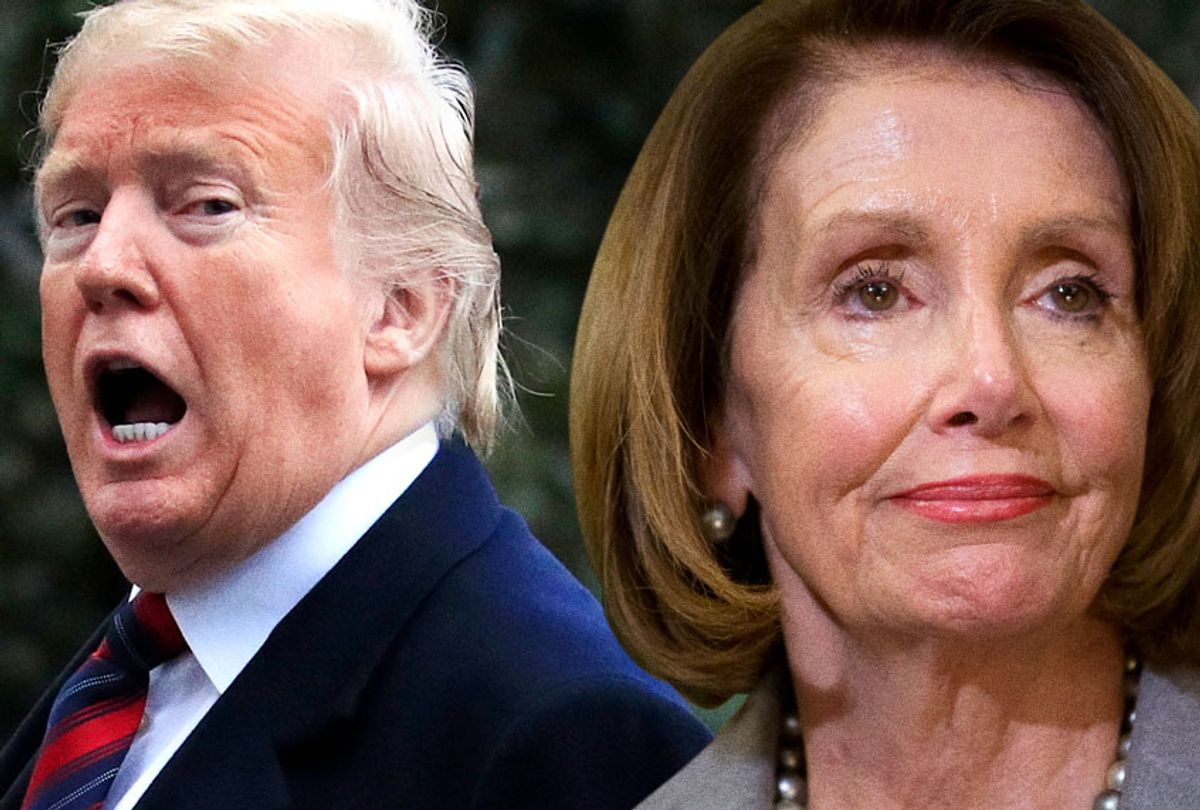President Donald Trump’s attempt to use a federal government shutdown to bully Democrats into giving him $5.7 billion for a border wall ended in disaster for his party and an abject surrender — but don’t count Trump out just yet. The clock is ticking for Congress to pass another funding resolution, and Trump has warned that if border security conference talks don’t end up including a wall, he might shut down the government again.
He might, however, go a completely different route and declare a national emergency. Trump seems to be considering this option seriously, saying in a recent interview that “I don’t take anything off the table” and an emergency declaration is an “alternative.”
The White House has already more or less mapped out how that would work. Under the 1976 National Emergencies Act, Trump could declare the situation at the southern border a threat to national security, which would allow him to divert $7 billion in funding from the Treasury Department, the Department of Homeland Security, and the Pentagon, and unilaterally order the Army Corps of Engineers to construct a wall on seized private land with those funds. He would need to cite a specific statute to give himself the authority to delegate emergency powers, but that would be the only immediate obstacle.
This is a chillingly authoritarian scenario, and it would almost certainly be challenged in court. Even if it isn’t, though, there is a simple way that House Speaker Nancy Pelosi (D-CA) could, in an act of political jujitsu, throw the national emergency right back in Trump’s face and force his own party to vote it up or down.
On Monday, Greg Sargent of the Washington Post outlined how she could do it.
While the National Emergencies Act gives the president broad powers to suspend Congressional approval, divert funding, and command the military to do things it can’t do normally, it also gives Congress the power to cancel the emergency with a simple vote. Moreover, if one chamber votes to cancel the emergency, the other chamber must hold a vote to do so within 36 days of its introduction, or the emergency is automatically lifted.
This means that once Pelosi and her Democratic majority has disapproved of the emergency, the Republican-controlled Senate would need to frantically scramble together the votes to affirm it. And that’s assuming they even can, because numerous Senate Republicans have stated they oppose Trump declaring a national emergency, and Senate Majority Leader Mitch McConnell (R-KY) has privately warned Trump that his caucus will probably divide over the issue.
The bottom line is that, while declaring a national emergency might help Trump save enough face to avoid another shutdown, it would likely end in another failure as Pelosi forces the GOP to block him.




Shares